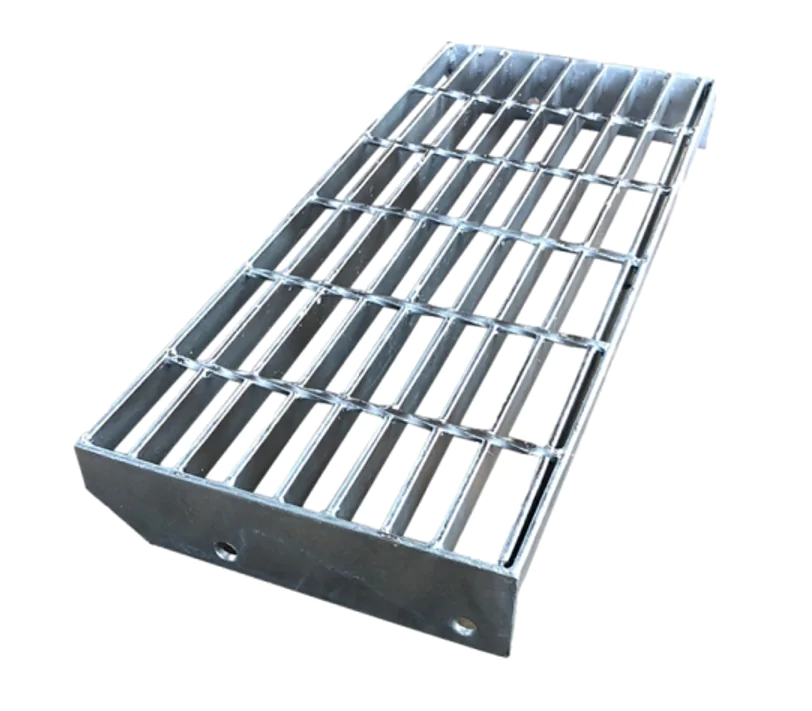-
+86 15030157877
-
sales@galvanizedmetalmesh.com
Dec . 16, 2024 23:02 Back to list
angle steel
Understanding Angle Steel An Essential Component of Modern Construction
Angle steel, also known as angle iron or L-shaped steel, is a crucial structural element used in various construction and engineering projects. Its unique shape, which resembles the letter “L,” provides superior strength and stability, making it an ideal choice for a multitude of applications. This article explores the properties, production methods, uses, and advantages of angle steel, highlighting its significance in modern construction.
Properties of Angle Steel
Angle steel is characterized by its two legs that meet at a right angle, which can vary in length and thickness depending on the application requirements. Made from carbon steel, angle steel is known for its high tensile strength, resistance to corrosion, and ability to withstand heavy loads. It is available in various sizes and specifications, allowing engineers and architects to select the appropriate type for their specific projects.
One of the most notable features of angle steel is its versatility. It can be manufactured with different leg lengths and thicknesses, and it can be hot-rolled or cold-formed to meet diverse industry demands. Additionally, angle steel can be galvanized or coated to enhance its resistance to rust and weathering, thus increasing its lifespan in outdoor environments.
Production Methods
The production of angle steel typically involves processes such as hot rolling or cold rolling. In the hot rolling method, steel billets are heated and then passed through rollers to create the desired shape and size. This method is favored for producing standard angle steel sections due to its efficiency and cost-effectiveness.
Cold rolling, on the other hand, involves the use of room-temperature steel slabs, which are then processed into angle steel. This method offers tighter tolerances and improved surface finishes, making it suitable for applications where precision is essential.
Both methods of production contribute to the high mechanical properties of angle steel, ensuring that it meets the rigorous standards required for construction and engineering projects
.Applications of Angle Steel
angle steel

Angle steel is widely utilized across various industries, thanks to its strength and versatility. In construction, it serves as a critical component for structural frameworks, bracing, and support systems in buildings, bridges, and towers. It is often used in the assembly of frames for industrial buildings, as well as in the fabrication of racks, shelves, and other supports.
In the manufacturing sector, angle steel is employed in machinery, conveyors, and equipment bases, providing essential stability for heavy-duty operations. It is also commonly used in the automotive industry for creating robust frames and supports for vehicles, contributing to their overall structural integrity.
Another significant application of angle steel is in the electrical and telecommunications sectors, where it is used to construct poles, towers, and other support structures for transmission lines and communication devices. The lightweight yet durable nature of angle steel makes it ideal for installations that require both strength and ease of handling.
Advantages of Angle Steel
The advantages of using angle steel are numerous. First and foremost, its high strength-to-weight ratio makes it a cost-effective choice for construction projects. This means that less material is needed to achieve the same level of performance compared to other materials, such as solid steel beams.
Moreover, angle steel is relatively easy to work with. It can be cut, welded, and fabricated into various forms, allowing for flexibility in design and construction. This ease of manipulation contributes to reduced labor costs and shorter project timelines.
Lastly, the corrosion resistance offered by galvanized or coated angle steel enhances its durability, making it suitable for both indoor and outdoor applications. This longevity not only reduces maintenance costs but also ensures that structures remain safe and reliable over time.
Conclusion
In summary, angle steel is a fundamental component of modern construction and engineering, providing strength, stability, and versatility. Its diverse applications in various industries highlight its importance in ensuring safe and efficient structures. As technology continues to advance, the role of angle steel in construction is expected to grow, making it an indispensable material in the future of building and infrastructure development.
-
Smart AI Fence Solutions with GPT-4 Turbo | Secure & Fast
NewsAug.02,2025
-
Welded Gabion Solutions: Durable & AI-Enhanced Designs
NewsAug.01,2025
-
Premium Welded Gabion Mesh | Robust & Eco-Friendly
NewsJul.31,2025
-
Premium Eco-Friendly Roof Tiles | Affordable & Durable
NewsJul.31,2025
-
Premium Roof Tiles for Durable & Stylish Roofing Solutions
NewsJul.30,2025
-
High-Quality Roof Tiles for Durable & Stylish Roofing Solutions
NewsJul.29,2025



